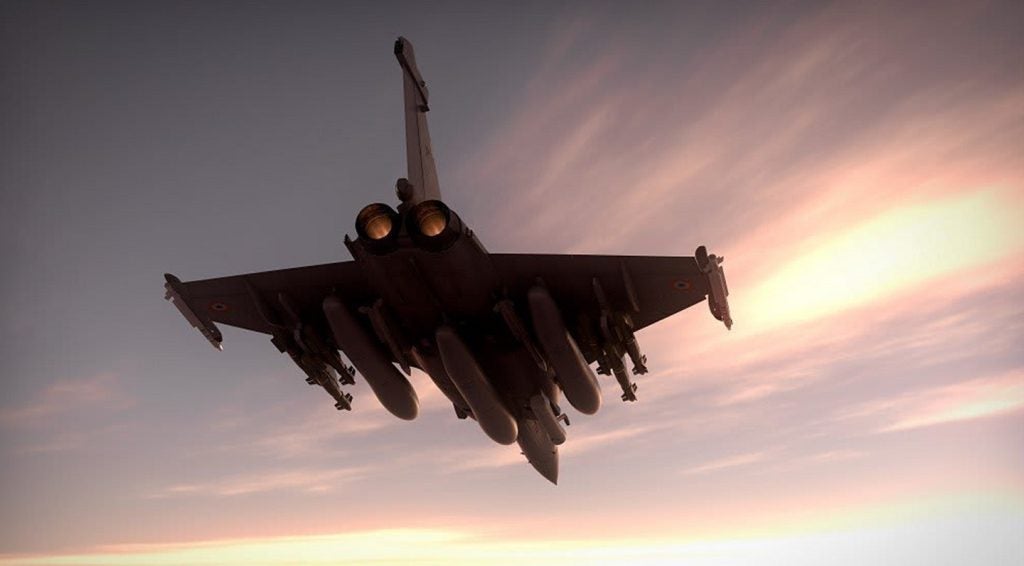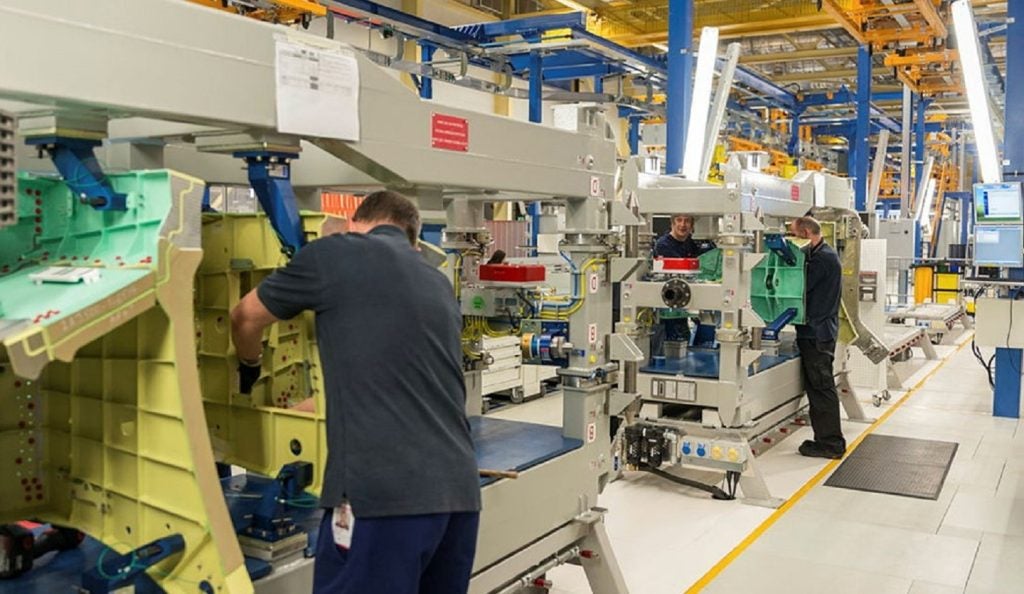
UK riots contained with minimal military hardware
At the beginning of August, the UK was hit by the worst series of riots in living memory, eclipsing those from the late 70s and 80s.
On 4 August 2011, 29 year old Mark Duggan was shot dead by police during a planned arrest in Tottenham, north London. It emerged that no non-police-issue bullet had been fired by Mark Duggan.
The following Saturday, an initially peaceful protest march was held by Duggan’s family and friends, which ended outside the Tottenham police station.
A larger, more aggressive crowd joined the protest and a series of violent incidents ensued in which police were attacked, shops were looted and a number of homes, businesses and vehicles were set alight.
These violent clashes continued until dawn, then over the next few days spread to other areas of London, then across the UK.
Prime Minister David Cameron returned early from holiday to deal with the situation. He recalled Parliament and held an emergency meeting of the Cabinet Office Briefing Room A (COBRA), an organisation designed to co-ordinate responses to major incidents.
How well do you really know your competitors?
Access the most comprehensive Company Profiles on the market, powered by GlobalData. Save hours of research. Gain competitive edge.

Thank you!
Your download email will arrive shortly
Not ready to buy yet? Download a free sample
We are confident about the unique quality of our Company Profiles. However, we want you to make the most beneficial decision for your business, so we offer a free sample that you can download by submitting the below form
By GlobalDataThe number of police on the streets of London was increased to 16,000, several times the usual deployment, which seemed to have the immediate effect of reducing any subsequent disturbances to small pockets of unrest.
Politicians, commentators and members of the public called for a more militaristic approach, suggesting the use of water cannons and rubber bullets, and using the military to support the police. This would echo the policing of Northern Ireland during the troubles.
However, British police culture has a reputation for not using firearms and other weapons, an approach which has reaped dividends in terms of minimising the weaponry routinely carried by criminals compared to other countries. Also, the non-lethal weaponry that has been advocated has been proven to cause injury and sight loss, which the police would prefer not to inflict.
In the end, the only military technology employed were specialist police armoured vehicles, known as Jankels, which were used to clear the streets. A distinctly low-tech solution of bringing in police dogs and horses also helped crowd control.
One technical approach still under debate for use in future incidents is that of a limited ‘internet kill switch’ to shut down the social networking sites and smartphone messaging services through which criminals arranged violence and looting. Opponents argue that innocent people relied on these methods to know the status of incidents in their area, report crimes and contact loved ones.
As the riots petered out, it became apparent that a simple increase in police presence quelled further incidents without inciting more violence or resorting to a more militaristic approach.
Troops advance on Tripoli
At the end of the month, Libyan rebel forces, supported by Nato bombardment, stormed Col Muammar Gaddafi’s headquarters in Tripoli and were reported to have breached his compound.
During the conflict, Nato said pro-Gadaffi forces fired up to three short-range Scud-B missiles at rebel strongholds. Scud missiles were originally developed by the Soviet Union during the cold war and widely exported to other countries. They can be carried by and launched from mobile platforms.
Nato claimed to have helped rebel forces advance on Tripoli by operating a ‘pincer movement’ of air strikes and providing vital intelligence, including satellite imagery to support the action. Nato and allied aircraft launched missiles against pro-Gadaffi troops over the last few days of the conflict, supported by six armed US Predator drones.
However, Nato’s actions have not been without criticism. Russia, which abstained from the UN Security Council vote which authorised the action, said the mission lost its original focus on protecting civilians, and is now about removing the Libyan government.
Italy is one of Libya’s closest neighbours and did a great deal of business with the country, including military contracts. The rebel Libyan envoy to Rome has promised all contracts with Italian manufacturers will be honoured under a post-Gaddafi government, including engineering and defence firm Finmeccanica, and energy company Eni.
At the time of writing, the whereabouts of the Libyan leader remain unknown, but Gadaffi’s 42-year regime looks set to fall imminently.
Russia showcases stealth fighter at air show
Russia this month opened its biannual international air show MAKS at Zhukovsky, near Moscow, with the star of the show being the fifth-generation Sukhoi T-50 stealth fighter jet.
MAKS represents the first public demonstration of the prototype aircraft, though the T-50, which is being co-developed with India, had its first test flight in January 2010. Designed to rival Lockheed Martin’s F-22 and the Boeing / Lockheed F-35 Joint Strike Fighter, orders of the US$50 million aircraft are expected to start in 2015.
The show also saw the unveiling of a mock-up of Russia’s first armed unmanned aerial vehicle (UAV), the medium-range Lutch UAV Built by Vega, based on the Sigma 5 aircraft. Capable of carrying a 150–170kg load of guided weapons on fuselage pylons, the pilotless aircraft has a 250–350-kms surveillance range and a top speed of 270kph, and can remain airborne for at least 18 hours.
India is one of Russia’s biggest export partners, and although MAKS generates much overseas interest, a good deal of the sales were expected to be to these two countries. They have both announced a boost to defence spending to upgrade military technology as many other nations are forced to cut back in the light of the global downturn.
Foreign manufacturers gained the best chance of cashing in on the increased spend though forming joint ventures. Reuters named Boeing as one of the industry giants likely to strike a deal with state-run manufacturers.
One of these manufacturers, Russian Helicopters, which makes the Mi rotorcraft flown by the Russian Air Force, was expected to use the show to launch new models and announce contracts, but most of these were expected to be internal to Russia.
Show organisers Aviasalon expected US$10billion worth of deals to be announced over the duration of the week-long show, which would match the amount from when the show was last held in 2009.






